System 6 Magic, a New York based magic company, is gearing up to launch their first deck project on Kickstarter in the next couple of days. In an Instagram comment on a recently teased image, System 6 noted that the latest the deck would launch would be on Monday or Labor Day.
Small parts of the upcoming deck have been teased on their Instagram account and other social media for the past few months but just this past week followers have finally been given a glimpse of full card and tuck case designs. The deck, which currently has no formally released name, features a lot of deep detail and symbols that are reminiscent of the detail and line work found on currency. From a far the detailed design works together creating a "circuit board" effect.
The tuck case does not feature Bicycle branding but the deck will be printed by The United States Playing Card Company.
System 6 Magic is an up and coming magic company that was founded by New York based magicians Michael “Six” Muldoon and Devonte Rosero.
Here are some of the teased images courtesy of System 6's Instagram account:










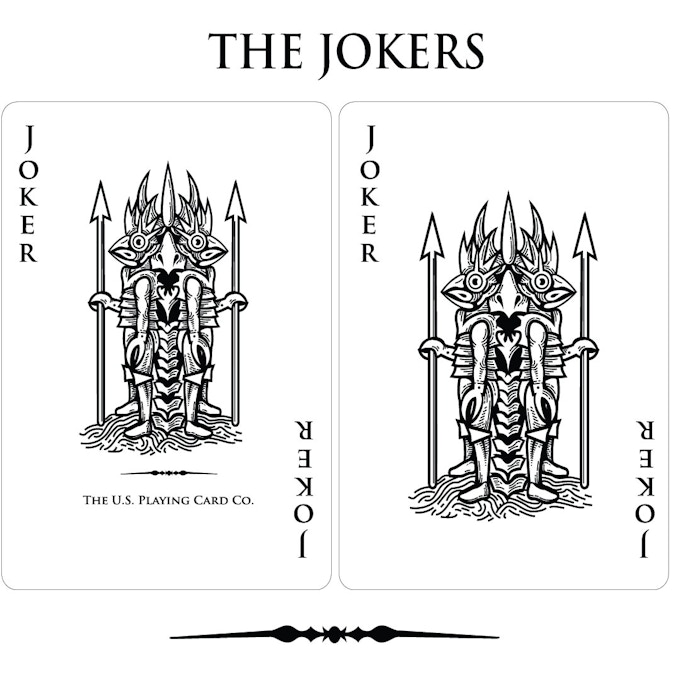
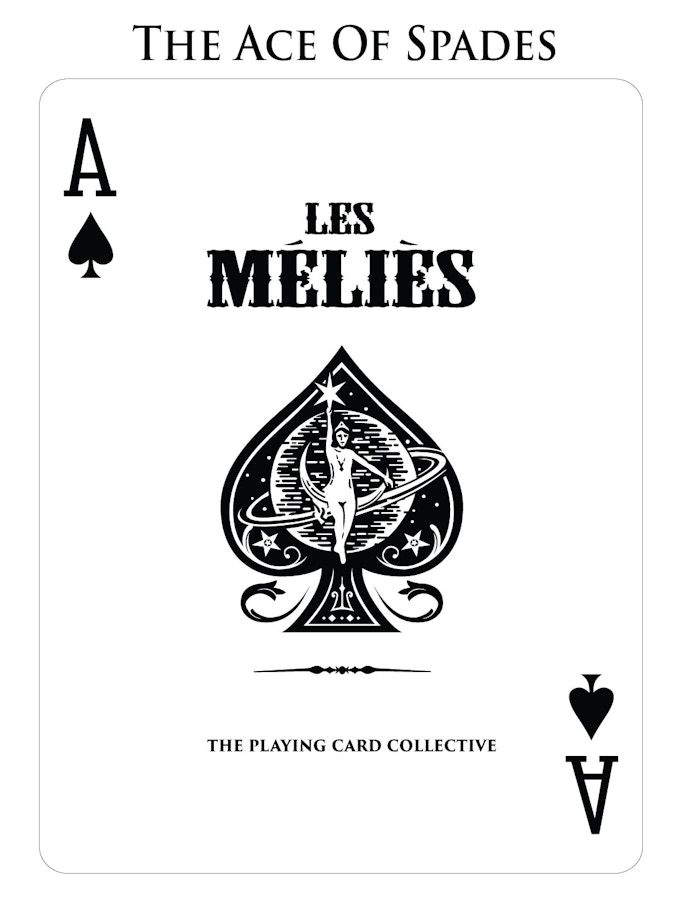







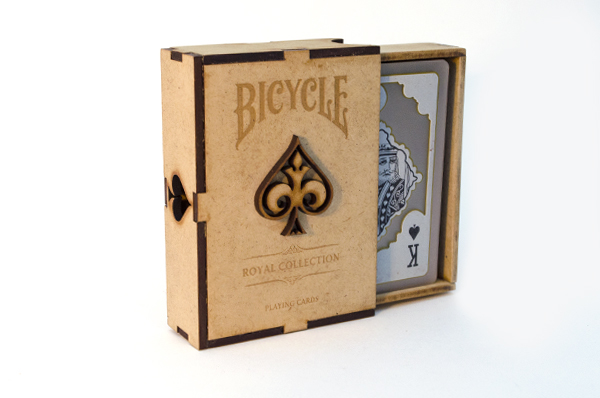
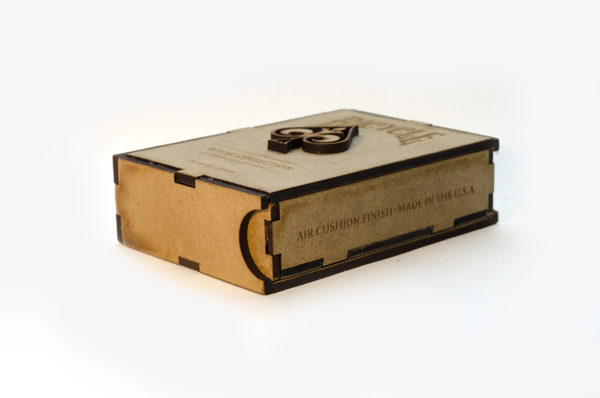


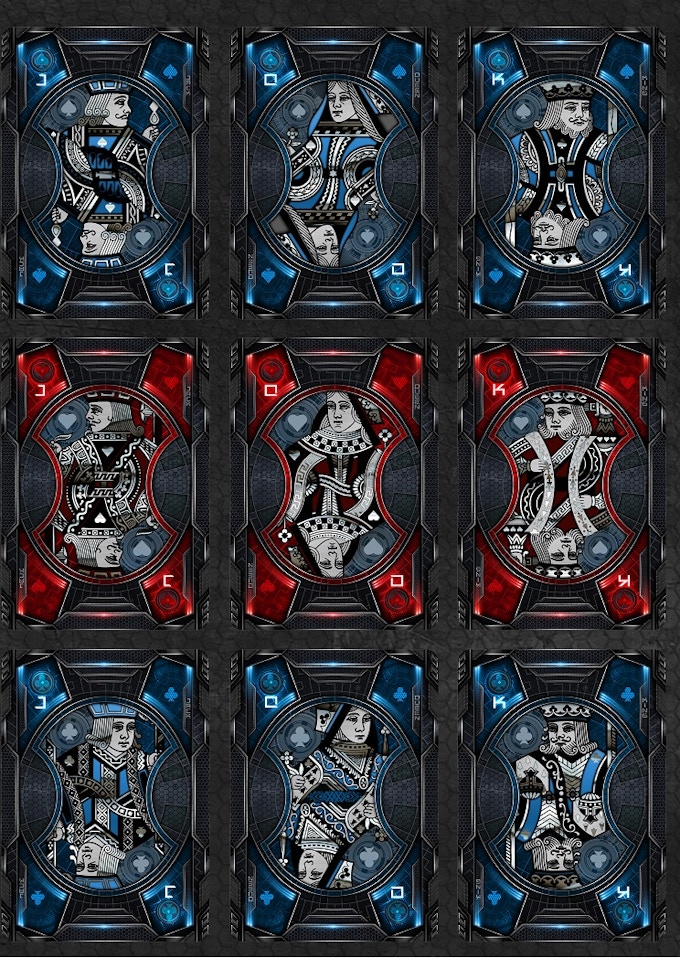





 Kardify is the leading online destination for playing cards news, reviews, and cardistry culture. Enjoy the best editorial content daily.
Kardify is the leading online destination for playing cards news, reviews, and cardistry culture. Enjoy the best editorial content daily.